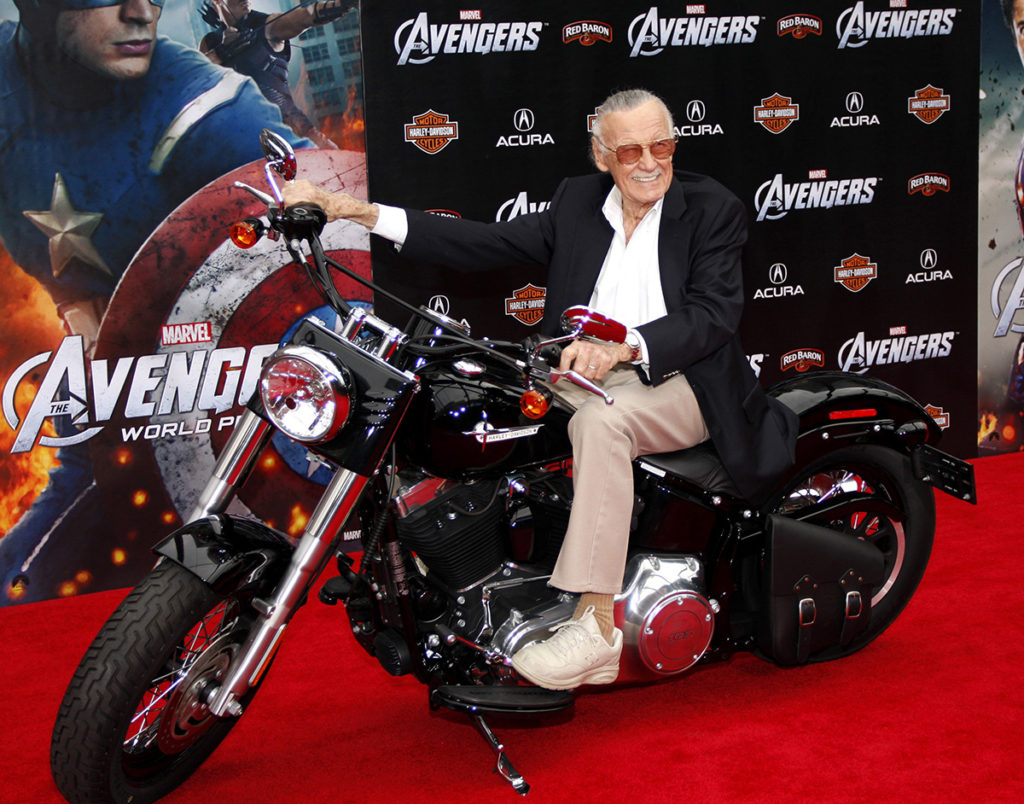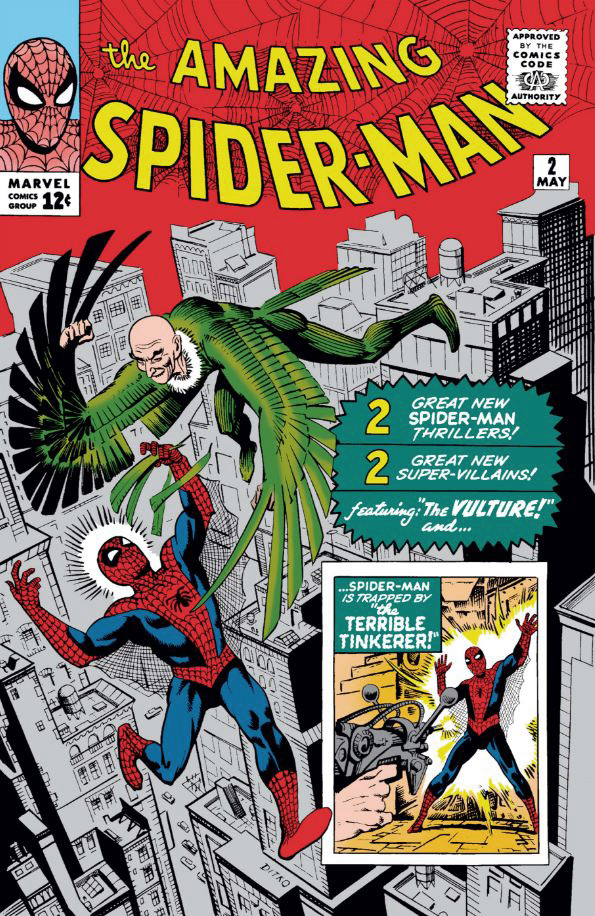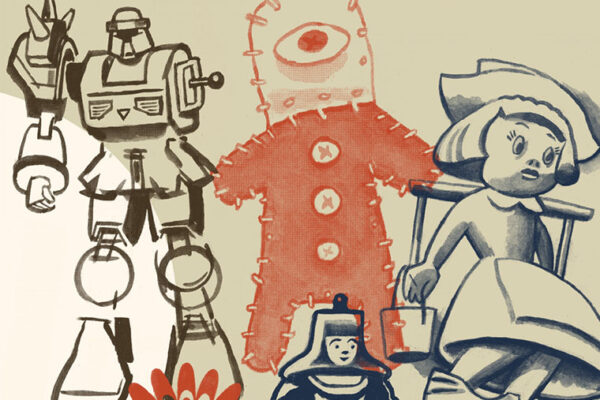
“Stan Lee was a man of contradictions: self-aggrandizing and self-deprecating; a great collaborator and someone who took credit for others’ work; hugely successful except when his endeavors crashed in failure. But unlike the superheroes, neither side was secret.”
So argues comics scholar Peter Coogan, lecturer in American culture studies in Arts & Sciences at Washington University in St. Louis and author of “Superhero: The Secret Origin of a Genre” (2002). For example, Coogan points out that for all his self-promotional bluster, Lee, who died Nov. 12, established the industry practice of crediting a book’s entire artistic team — writer, artist, inker, letter and colorist — on the splash page.

“It’s important to remember that Lee was co-creator of his characters, primarily working with Jack Kirby and Steve Ditko,” Coogan said. “In a comics’ version of the auteur theory, it’s the artist who makes the comics — until they are drawn, they aren’t comics — and Lee was no artist.
“It’s hard to know what each contributed,” Coogan said. “The process was never as clean as Lee portrayed it, with him providing inspiration and direction and the artist merely fulfilling his vision. It’s well-understood that Kirby and Ditko created characters, plotted stories and sometimes wrote dialogue.”
But without Lee, “neither of these master craftsmen and creative geniuses was ever able to reach the same heights. Their work never had the same effervescence. Kirby in particular continued to spawn concepts and characters that shape our lives today — cell phones are real-life ‘motherboxes,’ from his Fourth World series at DC — and yet those stories don’t sing the same as his collaborations with Lee.

“And Lee’s work from 1970 on also felt flat, as did his efforts to turn Marvel into a source of Hollywood gold — though that vision came true with Kevin Feige taking a role at Marvel Studios that is analogous to Lee’s role in the Silver Age at Marvel. Lee’s genius was promotion, including self-promotion. His vision of the ‘Bullpen’, the ‘House of Ideas’ and the ‘Mighty Marvel Marching Society’ created an imaginary space where we could all feel a part of something special.”
Coogan met Lee in the 1990s, interviewing him for a college paper about teenage superheroes, and later edited the collection “What Is a Superhero” (2013), to which Lee contributed. He recalls one year at the St. Louis Comic Con, when he asked Lee whether Olaf Stapledon’s 1935 novel “Odd John,” about a balding telepathic mutant who works to protect younger mutants in a world that fears them, or William H. Shiras’ 1953 “Children of the Atom,” which focuses on mutant children living in a boarding school, had influenced creation of the X-Men.
“He claimed that he had never heard of them,” Coogan said. “Then, moments later, another con attendee asked about his inspiration for the X-Men, and Lee boomed out, ‘Didn’t you hear that last question? I stole them!’
“And the audience laughed.”


